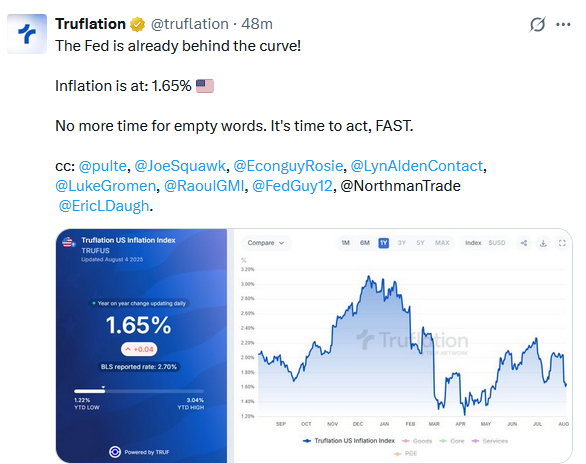EchoStar stock soars after SpaceX valuation set to double
Shares of Palantir (NASDAQ:PLTR) rose about 20% the day President Trump was elected. The stock hasn’t looked back, more than tripling since Election Day. Palantir has been a big winner under the Trump administration. This past weekend, the Washington Post highlighted some of the big government contract wins for Palantir as shown below:
- Federal Aviation Administration (FAA): Contract for unspecified services, part of at least $300 million in new and expanded deals.
- Centers for Disease Control and Prevention (CDC):
- Contract for unspecified services, included in the $300 million total.
- Fannie Mae: Contract for unspecified services, part of the $300 million in new contracts.
- Department of Homeland Security (DHS): $30 million contract to track immigration enforcement.
- State Department: Pilot program contract to use Palantir’s AI for drafting diplomatic cables.
- U.S. Army: $10 billion contract to consolidate software procurement over the next decade.
- Maven Smart System (U.S. Army): $795 million contract awarded earlier in 2025 for data processing and AI capabilities.
Palantir’s sales have been rising rapidly, in part due to the contracts listed above. However, its earnings have been lagging as they have been heavily investing in their capabilities.
That said, EPS is expected to grow by nearly 100% over the next year. Given its limited earnings and soaring stock price, Palantir has a P/E of 700 and a forward P/E of 218. The question investors need to ask is whether the contracts listed above and future government and corporate contracts justify the lofty valuations.
Disclosure: RIA Advisors has a position in Palantir in its equity models.
Utilities Chase Technology
In the below image, the graph on the right side of the absolute and relative scores shows how utilities are moving up and to the right over the last few weeks. This is a function of its absolute and relative scores increasing. Its absolute score, at 0.88, is now very overbought. Bear in mind that it, along with many other sectors, was very overbought before Friday’s decline.
However, unlike the S&P 500, which was down 2.5% last week and many sectors that followed it, utilities rose 1.5% on the week.
Conversely, technology, which has been leading the pack on a relative and absolute basis, has seen its level of over-boughtness moderate significantly. While still slightly overbought, the sector is closing in on fair value using this analysis. Similarly, the broader market, as shown with stock factors in the second graphic, has also seen a sharp decline in absolute scores.
We are a little surprised that the sector and factor absolute scores normalized as quickly as they did. The question now is, will this period of weakness bring the scores to oversold levels, or are they likely to sit around fair value before their next ascent toward overbought conditions?

Tweet of the Day

